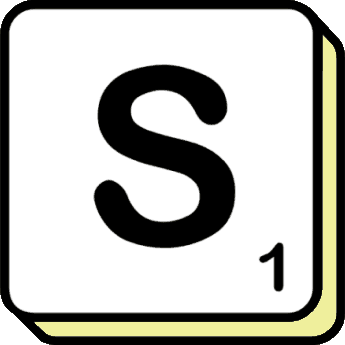What Are High-Frequency Words?
Author: Brian Bowman
Date Published: 24 April 2023
High-frequency words, also known as sight words, are an essential part of learning to read. These are words that appear frequently in written and spoken language and often do not follow typical phonetic rules. They are words that young readers need to recognize quickly and accurately in order to read fluently and with comprehension. In this blog post, we will explore the importance of high-frequency words in reading instruction and provide strategies for teaching them to young readers.

High-frequency words make up a significant portion of the words in written language. In fact, research has shown that just 100 high-frequency words make up 50% of the words in children's literature. By recognizing these words quickly and accurately, students are able to read more fluently and with greater comprehension.
In addition, high-frequency words often do not follow typical phonetic patterns, which can make them difficult for students to decode. When students are able to recognize these words by sight, they are able to read more efficiently and with less frustration.
Strategies for Teaching High-Frequency Words
There are several strategies that teachers can use to teach high-frequency words to young readers. Here are a few of the most effective strategies:
Repetition: Repetition is key when it comes to teaching high-frequency words. Teachers can provide students with multiple opportunities to read and write high-frequency words in order to reinforce recognition and spelling.
Word Walls: Word walls are a visual tool that can be used to help students learn high-frequency words. Teachers can create a wall in the classroom that displays high-frequency words, and students can refer to the wall during reading and writing activities.
Flashcards: Flashcards are another useful tool for teaching high-frequency words. Teachers can create flashcards with high-frequency words written on them, and students can practice reading and spelling the words.
Games: Games can make learning high-frequency words fun and engaging. Teachers can create games such as bingo, memory, or scavenger hunts that incorporate high-frequency words.
Read-Alouds: Read-alouds are a great way to expose students to high-frequency words in context. When reading aloud to students, teachers can emphasize high-frequency words and provide opportunities for students to read them aloud.
It's important to note that while high-frequency words are important, they should be taught in conjunction with other reading strategies such as phonics, decoding, and comprehension. High-frequency words are just one piece of the puzzle when it comes to helping students become skilled and confident readers.
In conclusion, high-frequency words are an essential part of learning to read. By recognizing these words quickly and accurately, students are able to read more fluently and with greater comprehension. Teachers can use strategies such as repetition, word walls, flashcards, games, and read-alouds to help students learn high-frequency words. With continued practice and reinforcement, students can become skilled at recognizing and using high-frequency words in their reading and writing.
